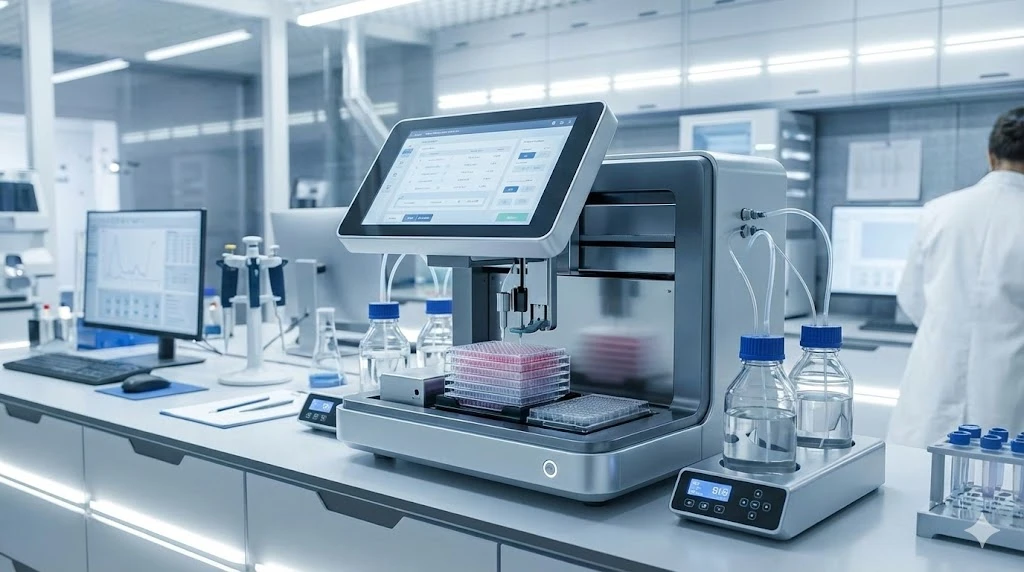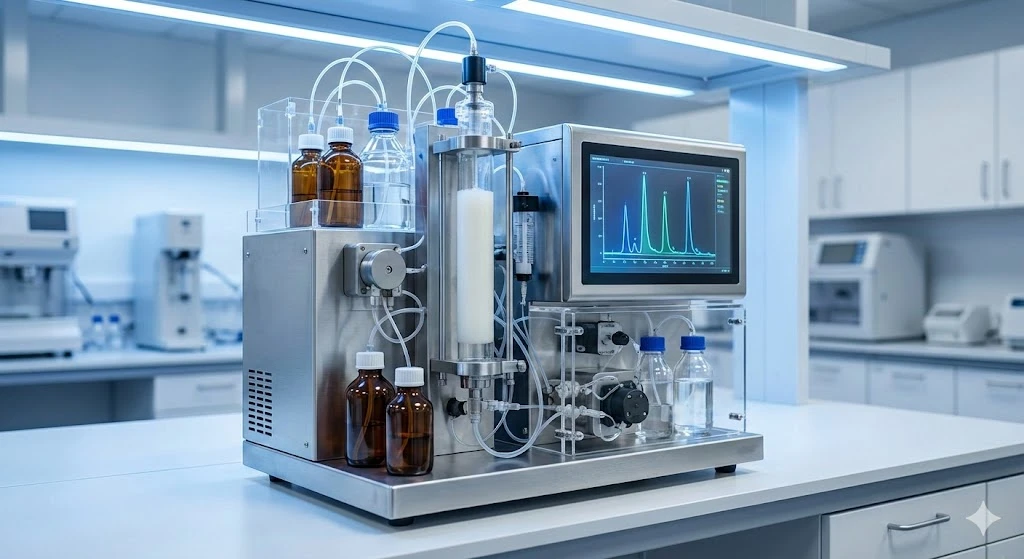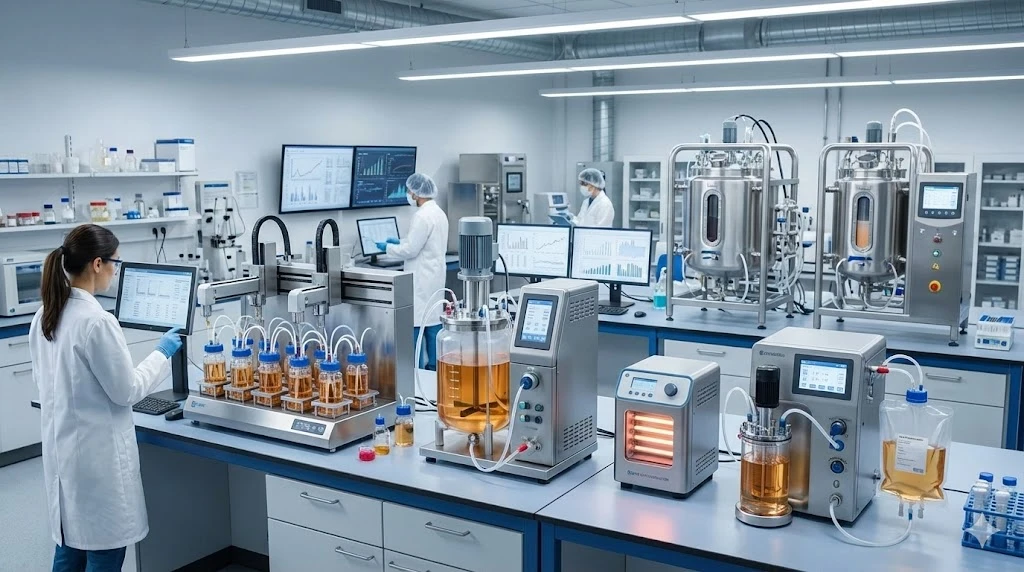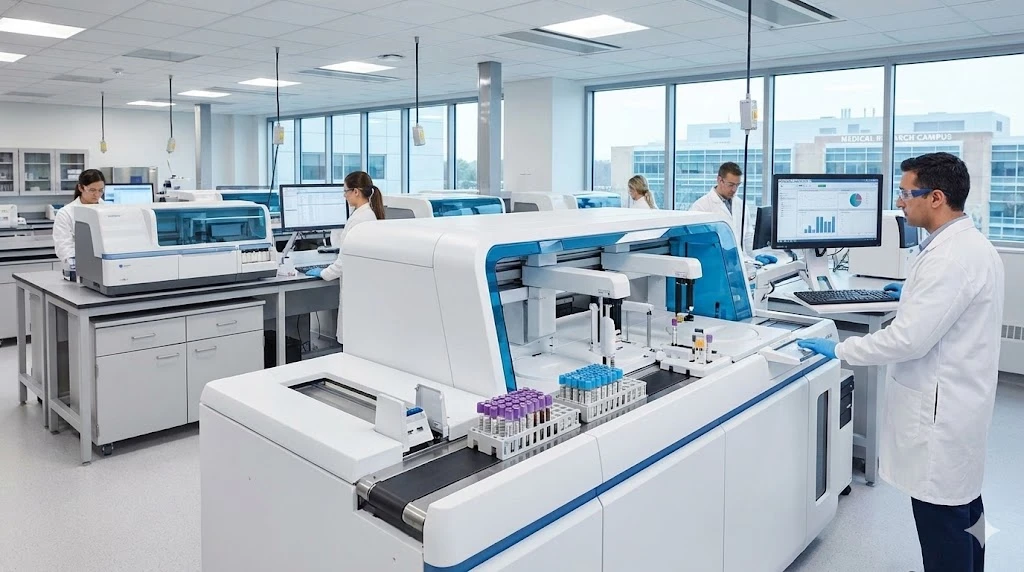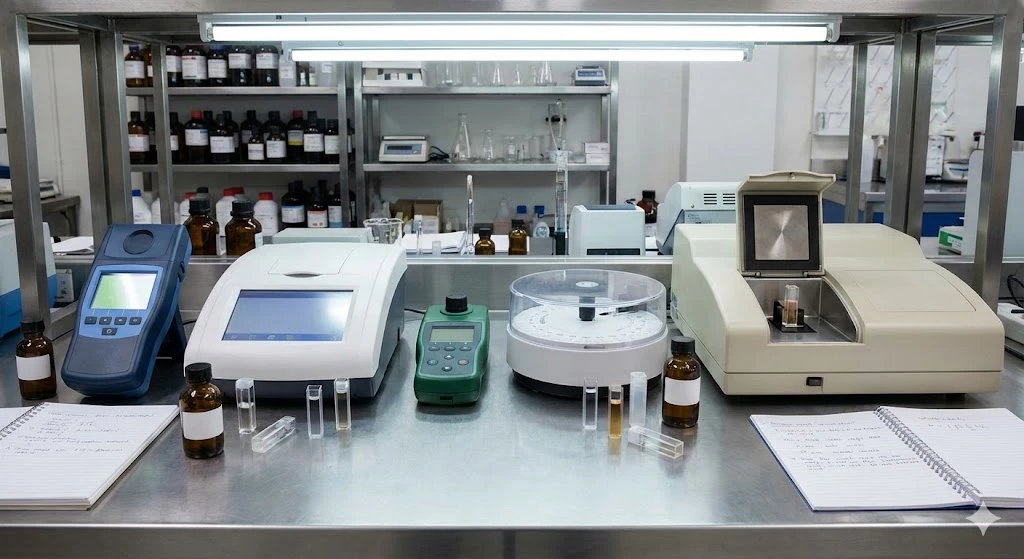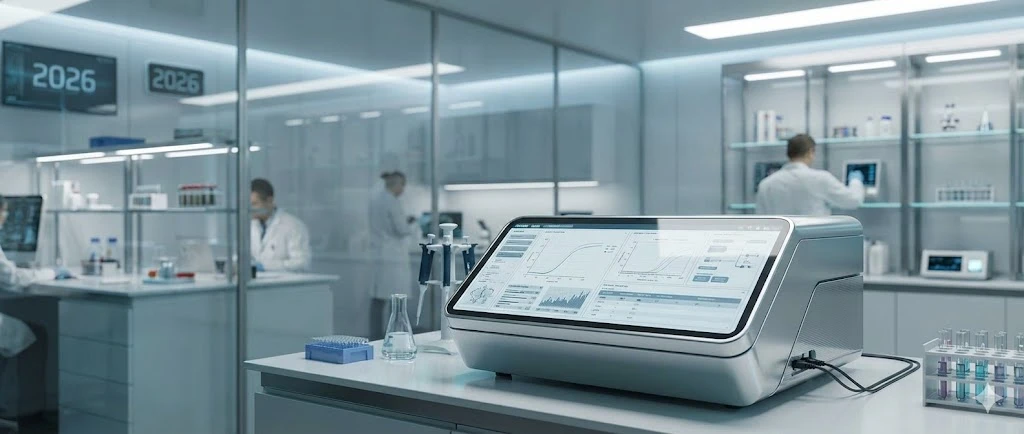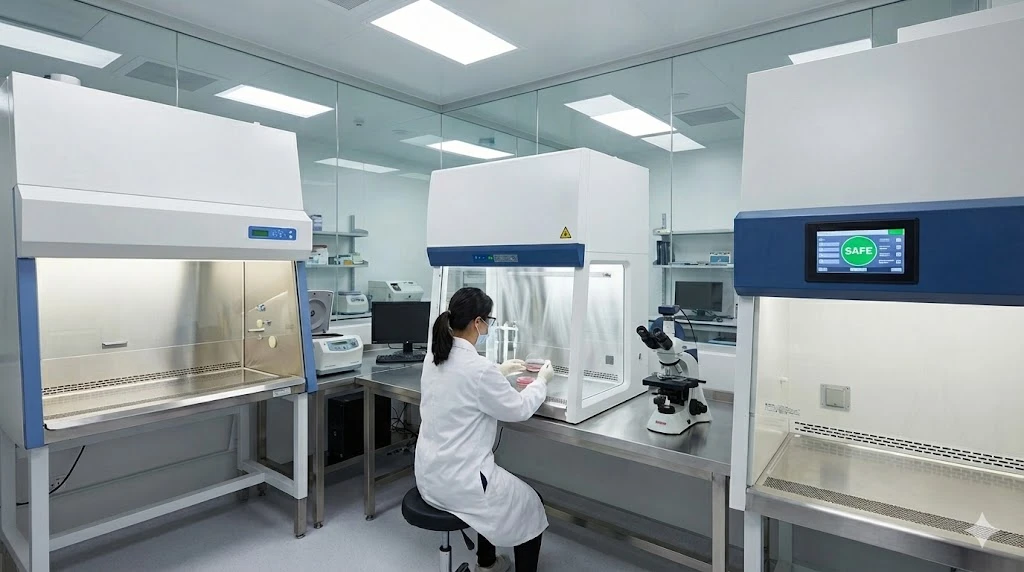Advanced Cannabis Extraction and Purification Techniques: A Modern Guide to Concentrate Refinement
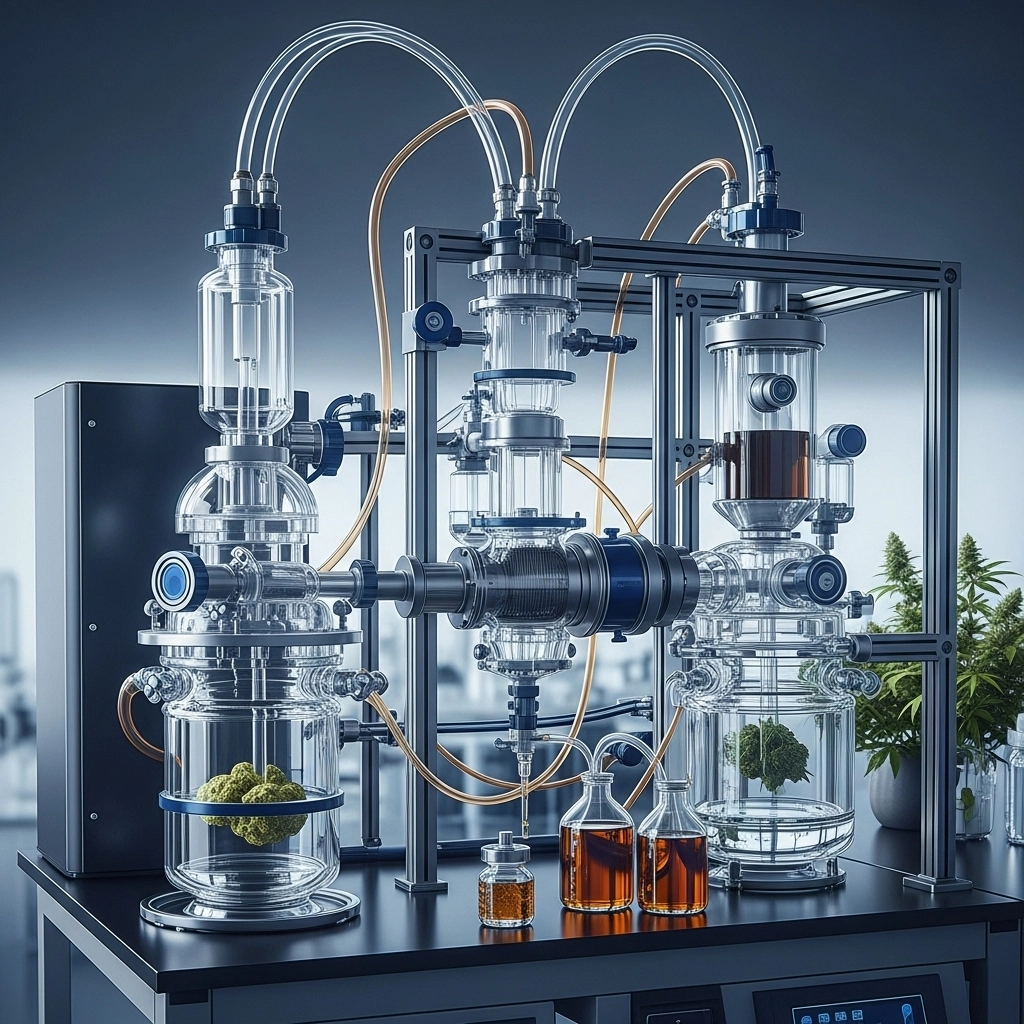
ImageFX (2025)
The cannabis industry is thriving, with increasing demand for high-purity extracts driving innovation in extraction and purification technologies. As regulatory scrutiny tightens and consumer awareness grows, manufacturers are turning to advanced refinement methods to ensure product quality, potency, and safety. Whether targeting full-spectrum concentrates or isolated cannabinoids like THC and CBD, precise extraction and purification are essential to success.
In this guide, we explore the latest in cannabis concentrate refinement, from traditional techniques like winterization to cutting-edge methods like centrifugal partition chromatography (CPC). Each process offers unique benefits and challenges, and understanding them is key to optimizing cannabis production workflows.
How to Winterize Cannabis Extracts for Maximum Purity
Winterization is a foundational step in cannabis refinement, removing unwanted fats, waxes, and lipids that affect clarity, texture, and flavor.
Key Process Highlights:
Dilution: Cannabis extract is dissolved in ethanol.
Temperature Control: The solution is chilled below -20°C.
Precipitation: Lipids and waxes solidify and separate.
Filtration: Solids are removed through vacuum or pressure filtration.
Solvent Recovery: Ethanol is reclaimed using rotary evaporation or vacuum distillation.
Applications:
Prepares extracts for further purification
Enhances clarity and texture in vape oils and tinctures
Pro Tip: Use a programmable deep freezer and inert gas blanket to minimize oxidation during cold processing.
Vacuum Distillation for Cannabinoid Isolation and Purity
Vacuum distillation is ideal for separating high-value cannabinoids while preserving their integrity.
Why It Works:
Reduces Boiling Points: Prevents thermal degradation by lowering temperatures under vacuum.
Fractionation: Separates cannabinoids by boiling point differentials.
Types of Vacuum Distillation:
| Technique | Description | Best Use Case |
|---|---|---|
| Short-Path Distillation | Multi-flask setup, allows sequential collection | Small batch, precision targeting |
| Fractional Distillation | Tall column improves separation | Higher throughput needs |
| Wiped Film Distillation | Thin film increases efficiency and control | Continuous production environments |
Optimization Tips:
Monitor pressure and temperature in real time
Calibrate flow rates to balance yield and purity
Using HPLC to Separate and Purify Cannabinoids
High-Performance Liquid Chromatography (HPLC) remains a gold standard for cannabinoid isolation.
How It Works:
Injection: Diluted extract is passed through a column with stationary phase media
Separation: Cannabinoids bind at varying rates, separating by chemical interaction
Detection: UV or mass spectrometry identifies compound peaks
Collection: Fractions are collected and analyzed
Pros:
High accuracy and compound specificity
Scalable from lab testing to preparative purification
Cons:
Costly reagents and instrumentation
Column fouling from background material
Slower throughput compared to continuous methods
Use Case:
Ideal for laboratory testing, isolate production, and medical formulations
Centrifugal Partition Chromatography (CPC) for Efficient Cannabinoid Refinement
Centrifugal Partition Chromatography (CPC) is emerging as a cost-effective and scalable purification method.
Why CPC is a Game Changer:
No Silica Columns: Reduces consumable cost and waste
Liquid-Liquid Separation: Immiscible liquids improve selectivity
Centrifugal Force: Stabilizes stationary phase without traditional solid media
Operational Highlights:
Mobile phase is pumped through rotating columns
Partition coefficients determine compound retention
Easily tunable with phase composition
Advantages Over HPLC:
Lower solvent consumption
Faster fractionation
Regenerable columns for sustainable operation
Considerations:
Higher upfront equipment investment
Requires method development expertise
Best suited for medium to large-scale operations
Choosing the Best Cannabis Refinement Method for Your Lab
Selecting a refinement technique depends on your production goals, batch size, and purity targets.
| Goal | Recommended Method |
| Remove waxes/lipids | Winterization |
| Isolate cannabinoids (THC, CBD) | Vacuum Distillation |
| Analytical testing or isolate prep | HPLC |
| Scalable, cost-effective purification | CPC |
Read more about cannabis extraction equipment and industry best practices in our resource library.
Final Thoughts on Elevating Your Extraction Workflow
As the cannabis market continues to evolve, labs must embrace modern refinement technologies to remain competitive. Whether you're aiming for high-purity isolates, full-spectrum oils, or therapeutic formulations, mastering winterization, distillation, and chromatography is critical.
Ready to upgrade your lab? Explore LabX’s exclusive Cannabis Laboratory Equipment section for the latest tools and technologies to transform your extraction process.
Frequently Asked Questions (FAQ)
1. What is the best method for purifying cannabis oil?
The optimal method depends on your end goal. Winterization is excellent for removing waxes and fats, while vacuum distillation and CPC are better for high-purity cannabinoid isolation.
2. How does vacuum distillation protect cannabinoids like THC and CBD?
By reducing the boiling points through vacuum pressure, this method prevents thermal degradation and oxidation, preserving cannabinoid potency and quality.
3. Is HPLC or CPC better for large-scale cannabis refinement?
CPC is typically more cost-effective and scalable for industrial applications due to lower solvent use and reusable components, whereas HPLC is better suited for precision lab work.
4. Can I use multiple cannabis extraction methods in one workflow?
Yes, many labs use a hybrid approach—starting with winterization, followed by distillation and ending with chromatography—to achieve the highest purity and consistency.

